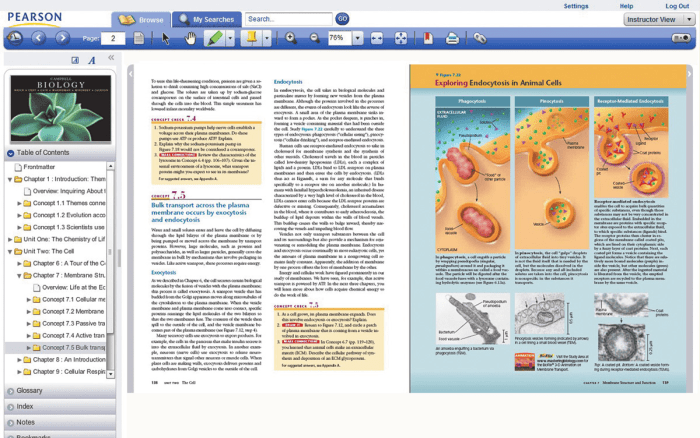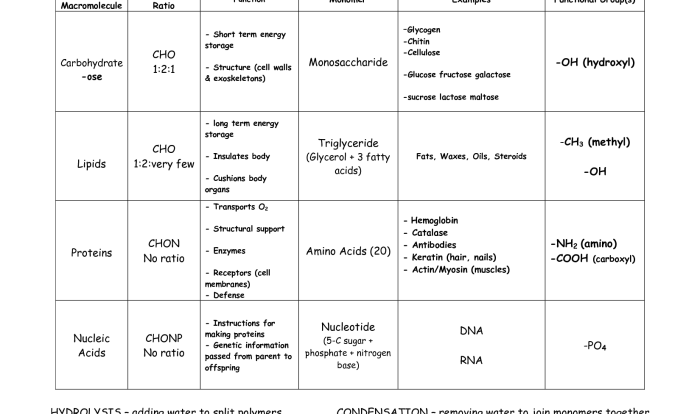Delving into Campbell Biology Concepts and Connections 10th Edition, this comprehensive guide invites readers to embark on an extraordinary journey through the fundamentals of life science. With its engaging narrative and authoritative tone, this text provides a profound understanding of the intricate workings of living organisms, from the molecular level to the vastness of ecosystems.
This meticulously crafted edition presents a seamless blend of cutting-edge research, captivating visuals, and thought-provoking discussions, ensuring a captivating learning experience for students and enthusiasts alike. Its user-friendly organization and accessible language empower readers to grasp complex concepts with ease, fostering a deep appreciation for the beauty and complexity of the natural world.
1. Biological Molecules

Biological molecules are the building blocks of life. They provide energy, structure, and function to all living organisms. The four main types of biological molecules are carbohydrates, lipids, proteins, and nucleic acids.
Carbohydrates, Campbell biology concepts and connections 10th edition
- Structure: Carbohydrates are composed of carbon, hydrogen, and oxygen atoms. They are classified into three main types: monosaccharides, disaccharides, and polysaccharides.
- Function: Carbohydrates provide energy to cells. They are broken down into glucose, which is used as a fuel source by cells.
Lipids
- Structure: Lipids are composed of carbon, hydrogen, and oxygen atoms. They are classified into several types, including fats, oils, and waxes.
- Function: Lipids provide energy storage and insulation. They also form the membranes that surround cells and organelles.
Proteins
- Structure: Proteins are composed of amino acids. They are folded into specific shapes that determine their function.
- Function: Proteins perform a wide range of functions in cells, including structural support, enzyme catalysis, and cell signaling.
Nucleic Acids
- Structure: Nucleic acids are composed of nucleotides. They are classified into two main types: DNA and RNA.
- Function: Nucleic acids store and transmit genetic information. DNA contains the instructions for building and maintaining an organism, while RNA is involved in protein synthesis.
Enzymes
Enzymes are proteins that catalyze chemical reactions in cells. They speed up reactions by lowering the activation energy required for the reaction to occur.
Question & Answer Hub: Campbell Biology Concepts And Connections 10th Edition
What is the significance of Campbell Biology Concepts and Connections 10th Edition?
This edition offers a comprehensive and up-to-date exploration of the fundamental principles of biology, providing a solid foundation for further studies and a deeper understanding of the living world.
How does this edition enhance the learning experience?
Through its engaging narrative, captivating visuals, and thought-provoking discussions, this edition fosters a dynamic learning environment that actively involves readers in the exploration of biological concepts.
What sets this text apart from other biology textbooks?
Campbell Biology Concepts and Connections 10th Edition distinguishes itself with its unparalleled clarity, user-friendly organization, and seamless integration of cutting-edge research, ensuring a comprehensive and accessible learning experience.
